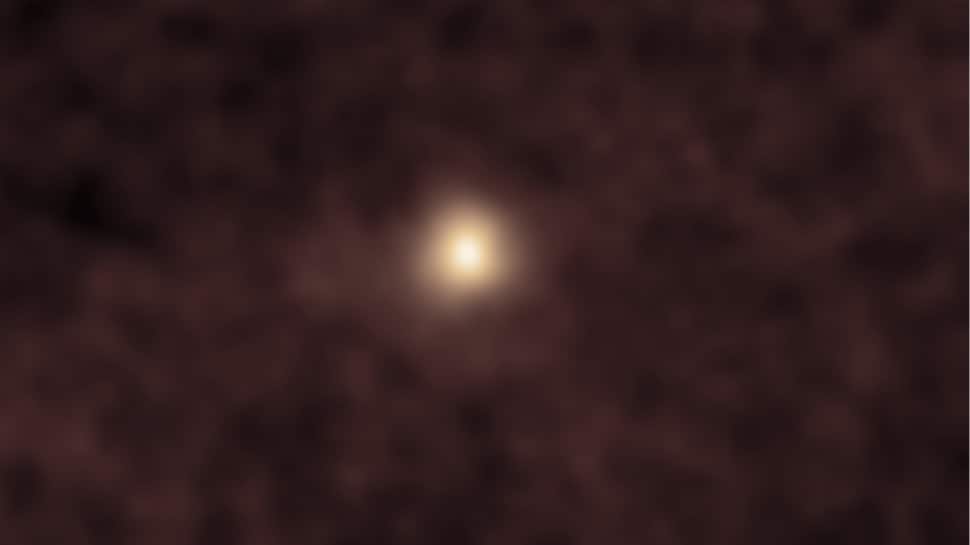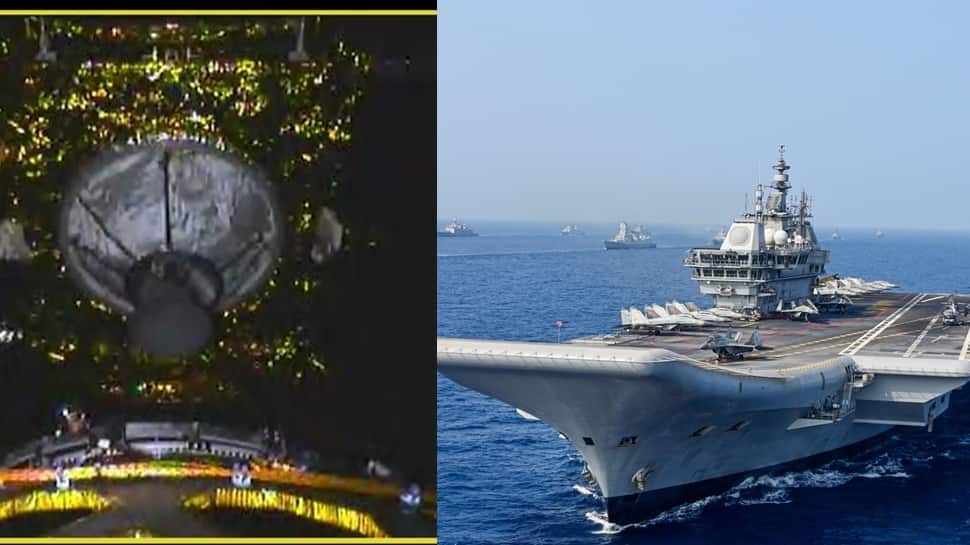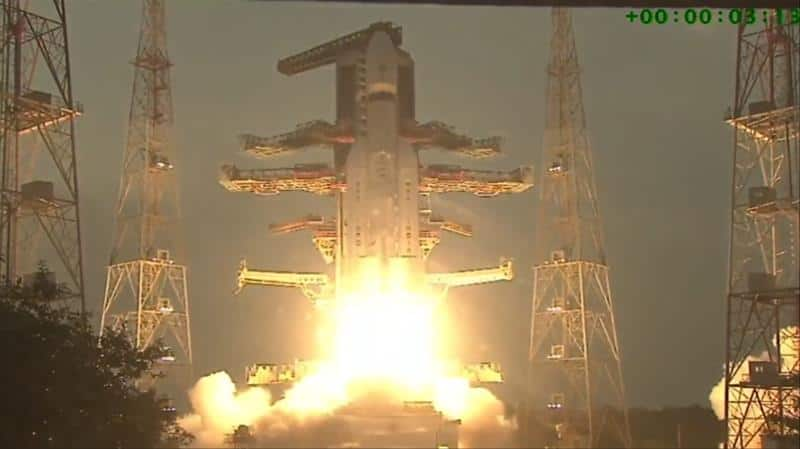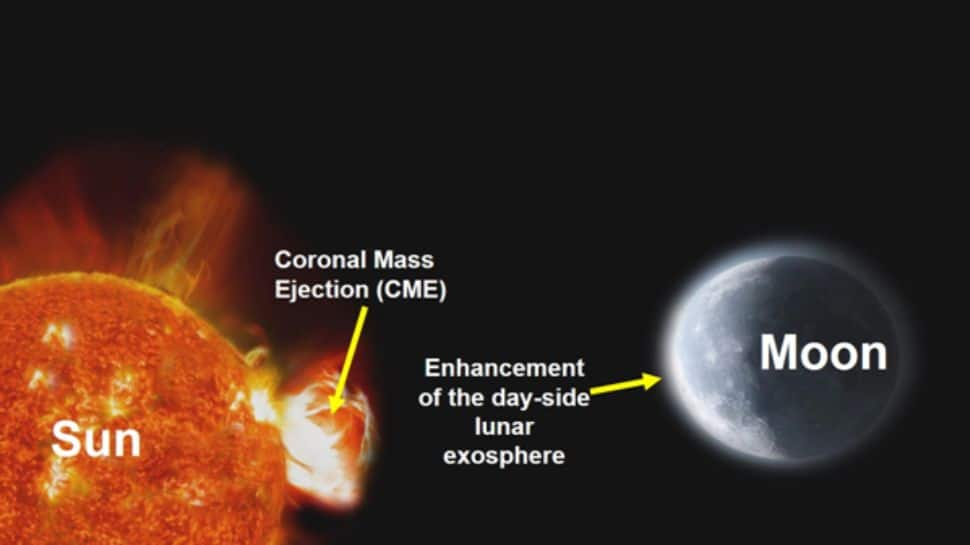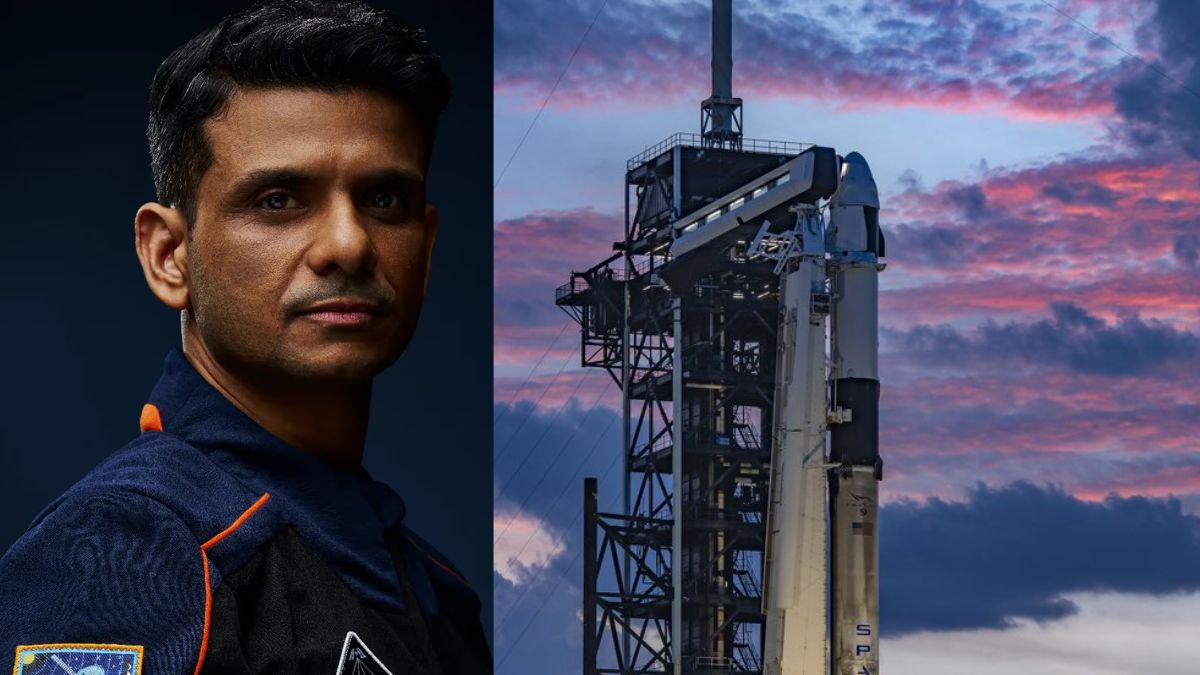Subscribe to Updates
Get the latest creative news from FooBar about art, design and business.
Browsing: ISRO
The Axiom-4 mission, carrying Indian astronaut Shubhanshu Shukla, is scheduled to launch on Wednesday, June 25, at 12:01 PM (IST). Following multiple…
The Department of Consumer Affairs, Government of India, organized a Round Table Conference on Time Dissemination in New Delhi, focusing on the…
Axiom-4 Mission with Indian Astronaut Shubhanshu Shukla Now Targeting June 19 Launch Date
The launch of the Axiom-4 mission, which will carry Indian astronaut Group Captain Shubhanshu Shukla to space, is now tentatively scheduled for…
The Indian Space Research Organisation (ISRO) announced a one-day delay in the launch of the Axiom-4 mission due to unfavorable weather conditions.…
Indian Air Force Test Pilot and Astronaut Shubhanshu Shukla is set to make history as the first ISRO astronaut to journey to…
ISRO SPADEX Update: The PSLV-C60 / SPADEX mission has accomplished the second docking of satellites, Union Minister of Science Jitendra Singh said…
Nearly 20 years after the Vikram Sarabhai Space Centre (VSSC) signed an agreement with the National Aerospace Laboratories (NAL) to develop T800…
New Delhi: ISRO is all set to launch GSLV-F15 mission — the 100th from Satish Dhawan Space Centre in Sriharikota on January…


